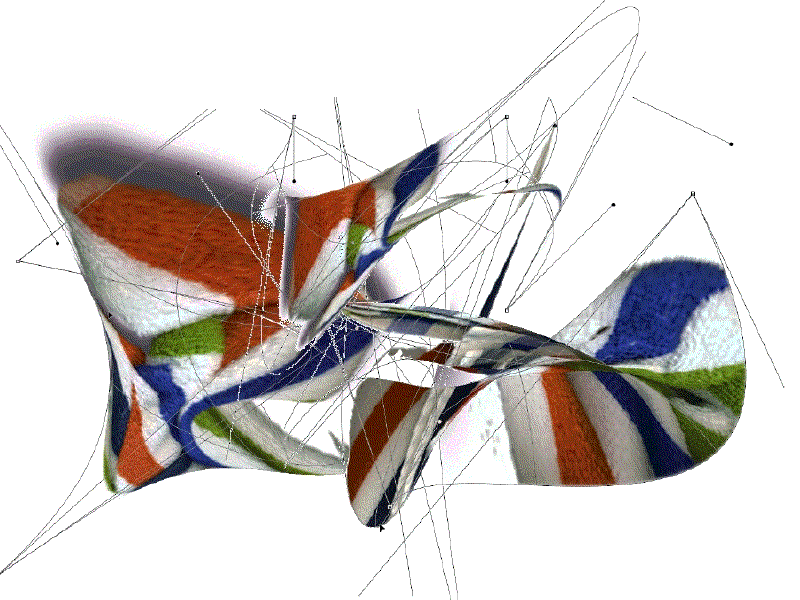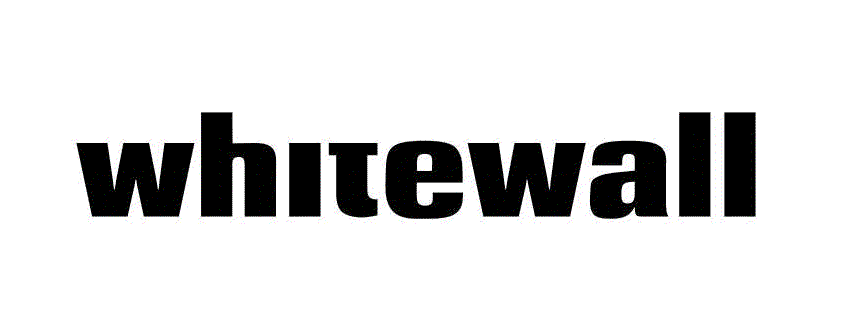
This week, Organic Material launches its first group release of NFTs on objkt. Artists Amir H. Fallah, MarkDorf, Colette Robbins, and Skye Nicolas recently founded the collective, coming together out of a shared interest in bringing a more nuanced approach to the NFT space. After months of discussions, as well as starting an art documentary club on Twitter, they’ve curated a drop of their own work, alongside the work of artists A. L. Crego, Sara Ludy, LornaMills, Kristen Roos, and Mark Schoening.
The idea for this first project, and subsequent ones, is to allow for conversation and context around NFTs and digital art. Instead of making everything immediately available for purchase, the works are first only viewable online. A series of panels are then taking place this week, only after which the NFTs will go on sale. With these simple, yet rare in the crypto world, interventions, the focus is moved beyond quick grabs to the actual looking and experiencing art.
Notably, the NFTs are being released on objkt, the premier Tezos platform. The founders of the collective connected while engaging with the Tezos blockchain, appreciative of its accessible transaction fees, called “gas,” and finding an affinity for the kinds of artists and collectors it attracted.
Before its debut, Whitewall spoke with Fallah about Organic Material.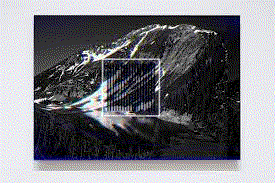
Mark Dorf, Resolution, animated GIF, 800 x 600 px, 24fps, 128 Colors, 2022, courtesy of the artist.
WHITEWALL: Can you tell us about this first project for the NFT collective?AMIR H. FALLAH: Essentially, we’ve brought together nine artists for a group release. Most of them come from the art world but several are NFT native and make really great work within the space. We’ve organized the release, made a website to share artist bios and statements, and our mission is to elevate the way people are thinking about and selling NFTs.
We’re launching this website before we actually mint the work. And we’re going to be having private viewings for specific collectors who can come to the website. There’s a bio on each artist and a blurb about the work. To the art world, it’s not revolutionary, but in the NFT space, people don’t even describe what they’re making. There’s no context.
We’re saying, let’s talk about the content, let’s talk about the meaning. We made the site to launch before the works go on sale so people have time to live with the work and experience it without worrying whether they should buy it.
The week of February 7, we’re rolling out a whole week of artists's talks. Every day there’s going to be a talk between two or three of the artists, and at the end of the talks, that’s when the work will go on sale. We’re asking the audience to slow down, to not worry about having to buy before it sells out—let’s learn about the work.
Mark Schoening, The Magician, MP4, 1 minute loop, 1080 x 1080 px, courtesy of the artist.
WW: NFT drops are so focused on the buying, it also alienates those who can’t afford the work. And the art world is made up of more than just people who can buy art.
AHF: Exactly. So, this is our main initiative. Another project Skye Nicolas is working on with a collector in the community (Elmo Savés) is a weekly art documentary film club, “Reel Talk.” They share a link one week in advance of an art documentary, and the following week we have a group discussion. They did a doc about Jeff Koons and we had a three-hour talk about conceptual art, why Koons is important, what he’s doing that is interesting or not interesting, giving context to the work.
And after that, they did the Herb and Dorothy Vogel documentary. We talked about the history of art collecting and what it means to be a collector—not just for monetary value but cultural capital. When we did the Vogel doc, it was really interesting. I had one of the biggest collectors in the Tezos space message me and say, “After watching this doc, my entire thinking around collecting art has changed.”
We’re really trying to bridge the gap between the contemporary art world and the NFT space. And while we’ll do stuff on ETH, we’re focusing on Tezos because that’s where all the real artists are. Most of them are young, but they are in it for the art.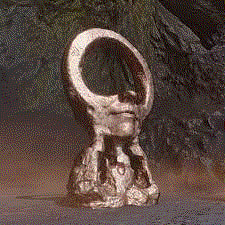
Colette Robbins, ORIGIN OF THE ARTIST IN A CAVE, turntable 3D animation, 30 second loop, 30fps, 1080 x 1080 px, 2022, courtesy of the artist.
WW: Some of the artists in the collective are from contemporary art space, and some are digital natives. Were the digital artists feeling that same sense of wanting to be able to story tell or talk about the art more?
AHF: Yeah. There are artists who never fit into the art world but were making art before NFTs. And they didn't really know how to navigate the art world because they couldn't monetize the work they made. NFTs allowed them to monetize their work, but they were frustrated because they are longing for a more critical take of their work.
The four of us are also trying to create opportunities for these artists who are making work with meaning and purpose and ideas. There’s a void in the space for any of that—any criticality, any storytelling, any in-depth discussion. We’ve taken it upon ourselves to start telling those stories and create grassroots educational opportunities.
WW: Can you tell us about the work you’ve made for it? How has your work evolved in the NFT space over the past year or so?
AHF: I’ve been thinking about the digital medium as a whole. My paintings need to be paintings and I need to treat this like I would if I’m doing a print residency or I’m doing an etching. An etching is an etching, you don't try to make the etching look like a painting, right? You want to use its own values.
Based on that kind of thinking, I started looking at the raw materials that I use to create my paintings. I use a lot of digital source material that ranges from Persian miniatures to advertising, to turn-of-the-century advertising, to skateboard graphics, to pop-cultural references. Usually what I do is I create these collages for my paintings and then I make them in paint. And I thought to myself, what would it be like if instead of using it as source material, I made the final product out of these digital assets that I collect online? And so, all the NFTs I’ve been making are purely digital, they don’t exist as anything other than NFTs. They are photoshopped collages, and I’m using a lot of very basic and simple means within photoshop to create these images. I’m making everything thinking it’s going to be viewed digitally. They are meant to be viewed digitally on a monitor, projected, or on a nice display screen.
That really opens up the way I’m making them, too. I’m using the glitches of the computer as an asset instead of a liability. I’m using it so it's a totally native digital work that works for the computer. It’s made on the computer for the computer.
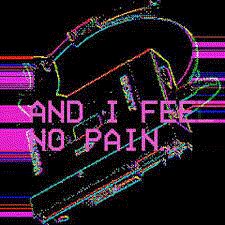
Skye Nicolas, I FEEL NO PAIN, MP4, 1200 x 1200 px, 2022, courtesy of the artist.
WW: Right, and there’s a language there already in digital art. There’s good stuff from which to work.AHF: It makes more sense to embrace the negative and the positive of the medium itself and try to make something new. That’s my pitch to the art world about NFTs—it’s just a new way of communicating. NFT is not a medium, it's a delivery method. Digital art is a medium, and it’s been around for decades. The NFT part is just a way of sharing that digital work. There’s an audience that can interact with it now, and that’s what’s exciting.


